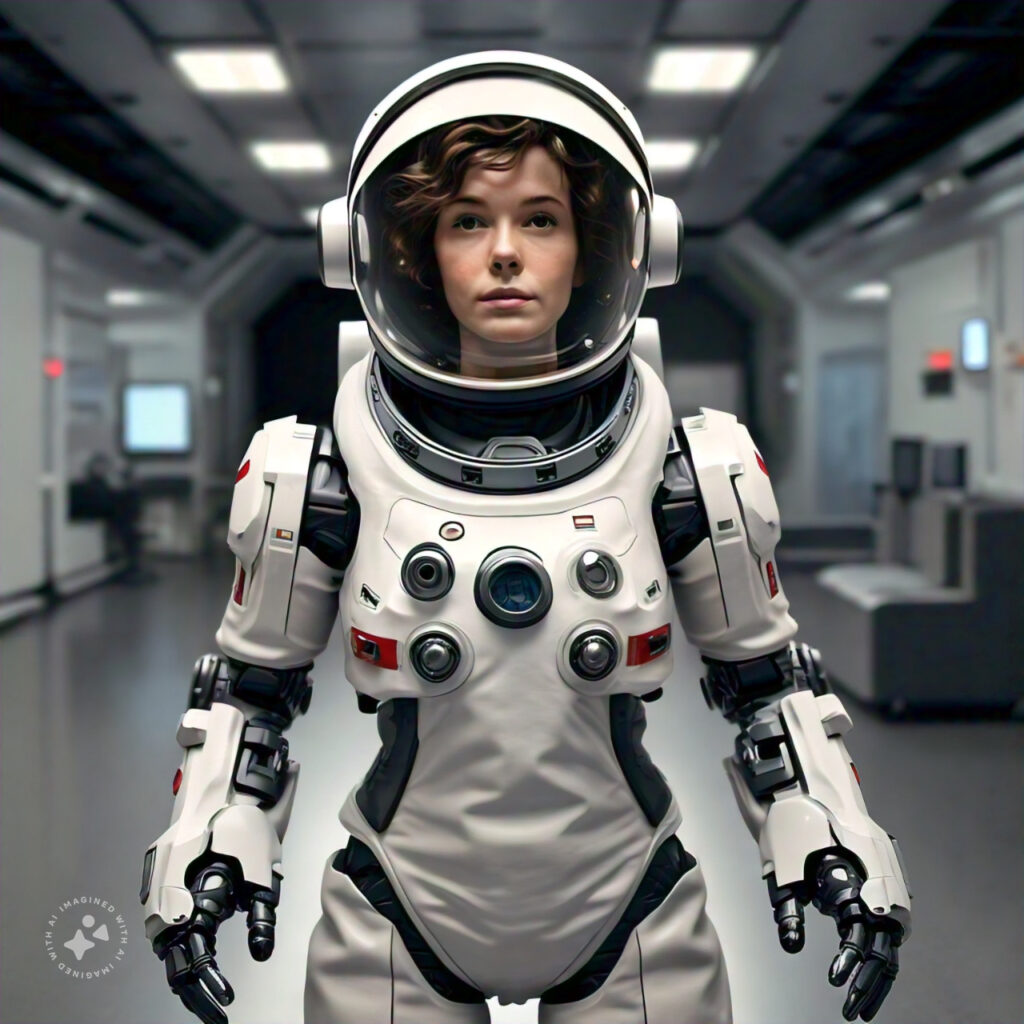ISRO’s Vyommitra: A Pioneering Test for Gaganyaan Safety

ISRO’s Vyommitra to Test Space Safety Before Gaganyaan Mission
The Indian Space Research Organisation (ISRO) is gearing up for a historic milestone with the Gaganyaan mission, set to launch astronauts into space next year. However, before that monumental event, ISRO will send a humanoid robot named Vyommitra into space to test and ensure the spacecraft’s safety. Vyommitra, designed and developed at ISRO’s Thiruvananthapuram unit, represents a significant leap in India’s space exploration capabilities and aims to gather critical data on the effects of space travel on human bodies.
Vyommitra: A Technological Marvel
Vyommitra is no ordinary robot; it is a sophisticated humanoid designed to mimic the upper human body, featuring movable arms, a face, and a neck equipped with advanced sensors. These features enable Vyommitra to perform human-like functions, making it an essential asset in testing the safety and comfort of the spacecraft designed for human missions.
The robot’s skull, weighing 800 grams and measuring 200 mm x 220 mm, is crafted from a high-strength aluminum alloy to withstand the intense pressure and vibrations experienced during launch. This engineering marvel will help ISRO collect vital data on the vibrational loads and other stresses encountered during space travel, thereby aiding in the design of a safe and reliable space capsule for future missions.
Vyommitra’s multiple degrees of freedom allow its parts to move in various directions, simulating human actions and responses. This robotic system will not only test the spacecraft’s safety but also provide insights into the effects of space travel on human physiology, which is crucial for the success of the Gaganyaan mission.
The Path to Gaganyaan: G1 and G2 Missions
The Gaganyaan mission, one of India’s most ambitious space endeavors, aims to send three Indian astronauts approximately 400 km from Earth’s surface for a three-day mission. However, before this manned mission, ISRO will conduct two uncrewed preparatory missions—Gaganyaan-1 (G1) and Gaganyaan-2 (G2).
Scheduled for December, the G1 mission will test the spacecraft’s ability to safely re-enter Earth’s atmosphere and correctly orient itself for a successful sea landing. Following this, the G2 mission will carry Vyommitra in a human-rated, pressurized crew module to study the impacts of space travel on human-like systems. This mission will record crucial parameters that will influence the final preparations for the manned Gaganyaan mission.
Meet the Astronauts of Gaganyaan
In February, Prime Minister Narendra Modi introduced the four Indian Air Force pilots selected for the Gaganyaan mission: Group Captain Prasanth Balakrishnan Nair, Group Captain Ajit Krishnan, Group Captain Angad Pratap, and Wing Commander Shubhanshu Shukla. These astronauts have undergone rigorous training and are poised to become the first Indians to participate in a manned space mission.
Additionally, Wing Commander Shubhanshu Shukla has been selected for a joint ISRO-NASA space flight to the International Space Station next year, marking another significant achievement for India’s space program.
Future Implications and Technological Advancements
The data and insights gained from the G2 mission will be invaluable for evaluating the performance of robotic systems in microgravity, which could significantly impact future space missions. ISRO officials have indicated that while the current focus is on the half-humanoid Vyommitra, the development of full humanoid robots may be considered based on future mission requirements.
The design of Vyommitra’s skull, with its lightweight and geometrically complex structure, will also contribute to the development of similar advanced structures for future space exploration missions. This technological innovation underscores ISRO’s commitment to pushing the boundaries of space research and ensuring the safety and success of its missions.
As ISRO prepares for the Gaganyaan mission, Vyommitra’s role in testing and validating the spacecraft’s safety is a critical step toward ensuring a successful manned mission. The advancements in robotic technology and the rigorous testing processes highlight India’s growing prowess in space exploration. With the Gaganyaan mission, ISRO is not only making history but also laying the groundwork for future space missions that will further solidify India’s position as a leader in space technology.

Average Rating